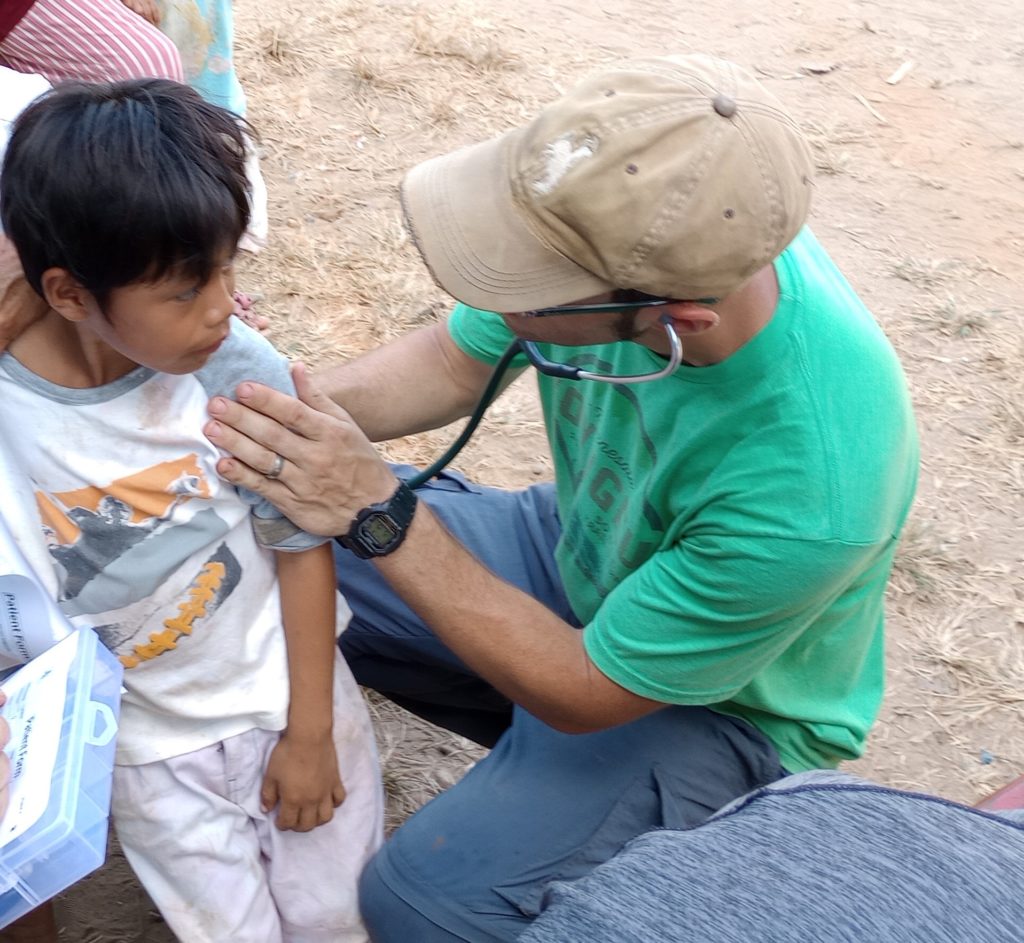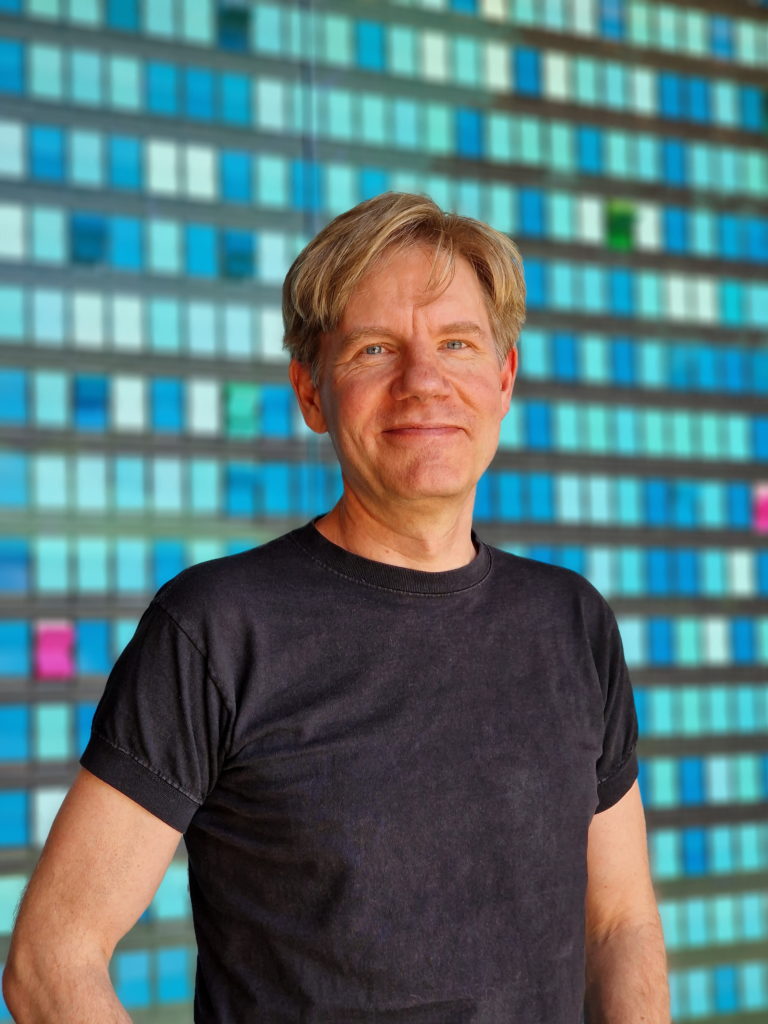
Back to Peru, part 6
I recently spent some time in the Peruvian jungle. Every year, I work with a medical team, bringing healthcare and the Gospel to a people who need both. Here’s a few tales.
I suppose this is a kind of book review. But first, let me explain…no, there is too much, let me sum up (unabashed Princess Bride Quote):
No matter which part of the United States you live in, getting to and from Peru is a hassle. Getting there takes me about 16-18 hours. But getting home runs roughly 24 hours of straight travel. And that’s if everything goes smoothly (and it rarely does). Perhaps that is why I reclined on the floor of the Miami airport, staring blankly at the screen mounted my gate. The time of departure delayed even later. What was supposed to be a seven-hour layover, was now building up to 11 hours. Nearly two weeks in Peru wore on me. And even though this trip to Peru is the highlight of my year, I longed to be home.
Our team had treated just under 200 patients in a weeklong medical campaign push up the Las Piedras River. This year, the prep work and post-clinic cleanup and briefing was almost as tough as the clinic we hosted in the deep jungle.
The people in this part the jungle receive very little medical care and even less spiritual care. Needless to say, they have many needs. This begs a question: which needs do we strive to meet? What’s the best thing for a people on the brink? And if we are fortunate to discover what those needs are, how do we as Christians meet them on a sustainable level?
I pondered questions like these while I sat on the floor in my semi-filthy jungle clothes, waiting for a flight home.
I began to doze when I was interrupted by a tall, nicely dressed man who sat down right next to me on the floor. We said hi and mutually bemoaned the unreliable nature of travel in a post-Covid world. We appeared to be two very different people. This guy seemed to be a business man. And me, not so much. He asked about my work and why I was traveling. If there is one thing I love to talk about, it’s Peru. Each year I travel to the jungle to help a people who desperately need it. And I told him so. People tend to gloss over if I ramble about anything. But this guy was on the edge of his seat.

Suddenly it was my turn. I asked and he introduced himself as Bjorn Lomborg. He said that he worked for a “think-tank” and hailed from Denmark.
“That’s the kind of answer I’d expect from a CIA agent,” I joked. He only laughed and assured me that he was indeed not a CIA agent.
Throughout our conversation, he asked pertinent questions about Peru:
“Do you see any leishmaniasis?”
“How many patients have you seen with tuberculosis?”
“Is there any follow-up with patients?”
“How do you know you’re meeting their needs?”
Most people I talk to don’t ever go this deep. And these were all good questions.
And after a while, it clicked where I’d seen Bjorn. He had been a guest on the Joe Rogan podcast. And most recently, I thought I’d seen him speak in an interview with Jordan Peterson.
Bjorn works with the think-tank Copenhagen Consensus Center and has written various books on topics such as climate change and environmentalism. His questions came from a place of knowledge and actual concern. And as I (finally) boarded my plane to come home, I clicked the Buy it Now button on my Kindle to read his latest book during my flight.
And here’s that book review I promised you.
I won’t try to completely explain Best Things First by Bjorn Lomborg. His background and knowledge on global environment economics are way out of my league. But like Indigo Montoya in The Princess Bride, Bjorn sums it all up nicely in the very first paragraph of the book.
“We all want a better world. Unfortunately, our efforts are often hampered by wanting to achieve not just some but all good things at once, many of which are near-impossible, prohibitively expensive, or terribly inefficient, or all at once.” (Lomborg, 21)
He speaks to the UNs Sustainable Development Goals (SDGs) and gives his own responses. The UN has attempted to tackle something in the neighborhood of 1,400 goals to bring the world out of poverty, hunger, destitution, and simply make the world a better place.
Long story short, it’s not happening. I know it’s shocking, but the UN and all the hoards of this world’s politicians are simply not delivering on promises to improve the world.
Bjorn’s response? Let’s tackle the goals that will have the biggest impact on the world in the best way possible, as fast as possible. If we are going to spend heaps of money to make the world a better place, let’s spend it on the things that will make the greatest difference. He outlines 12 areas of change, such as tuberculosis, education, and trade.
He goes into great detail in each of these areas. I won’t go deep right now. If you want to know something about how we as the human race can make the world a better place, I highly recommend Bjorn’s book. It’s detailed, specific, and scientific. Be warned, tis quite heady.
My chat with Bjorn and reading his book challenged me as a Christian too. How do we save the world? Christians innately value more than just this present world. We are concerned for the soul. And yet, Jesus came feeding people and healing the sick.
As a follower of Christ, what am I called to do? There seems to be a rift between two trains of thought in Christianity. Some would say that Christian’s should focus only on preaching the Gospel. Others would say that humanitarianism is our greatest calling.
Our Great Commission is to, “Go therefore and make disciples of all nations, baptizing them in the name of the Father and of the Son and of the Holy Spirit.” (Matt 28:19)
Indeed our concern is for souls. People need to realize that there is more to this world than the present. And Christ is not willing that any should perish in Eternity to come.
And yet, I think Bjorn makes an excellent point in a later chapter of his book.
“For many people in the poorer world, concerns for the future are strongly overshadowed by immediate and urgent concerns about illness, education, housing, or putting food on the table.” (Lomborg, 273)
But I have good news. Earlier in Mattew, it teaches that when we clothe and feed others, “Truly, I say to you, as you did it to one of the least of these my brothers, you did it to me.” (Matt 25:40)
Treating the bodies of a Peruvian family with tuberculosis, and speaking the truth of Christ’s eternal salvation are not mutually exclusive. As Christians we are not simply called to do one or the other. We do each through the other. We feed and clothe and treat the ill because it’s as if we are doing so for Christ Himself. And we make disciples by speaking the Gospel, all in our own kind of “Sustainable Development Goal.”
How do we save the world?
We save the world like Christ saved (saves) the world. We come healing, and feeding, and preaching, and teaching. Bjorn wrote about 12 goals that make the greatest impact for people and world economics. For us Christians, the “Best Things First” certainly may include each of these goals. But the overall Best thing, is meeting needs in concert with the message that Christ, “came to seek and to save the lost.” (Luke 19:10)
anthony forrest
Check out the rest of this series:

Leave a Reply